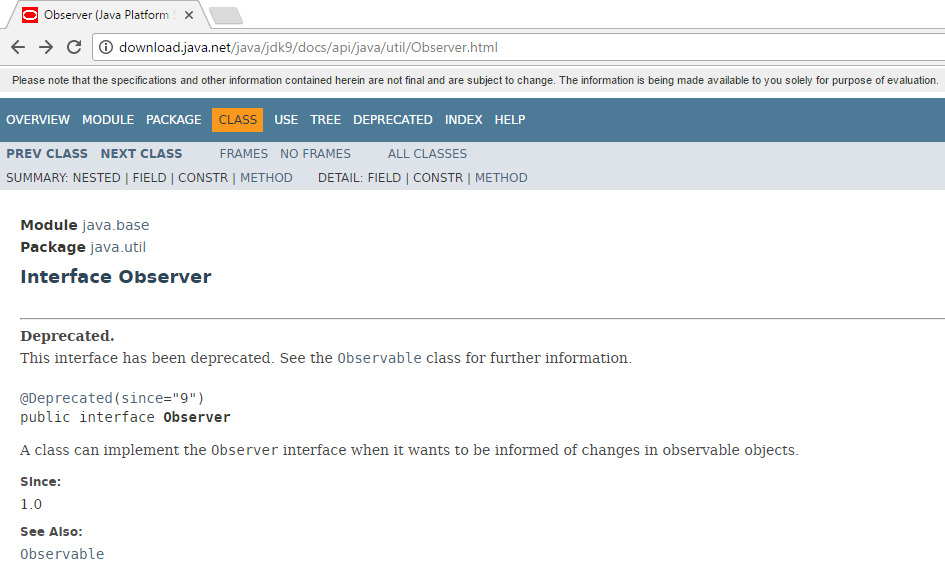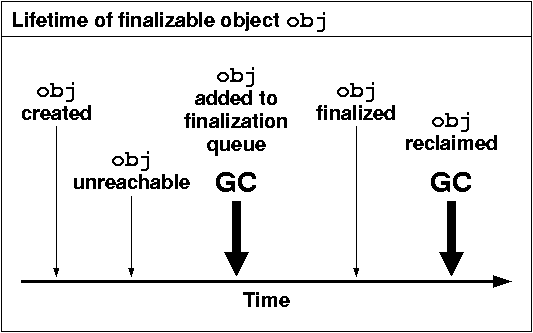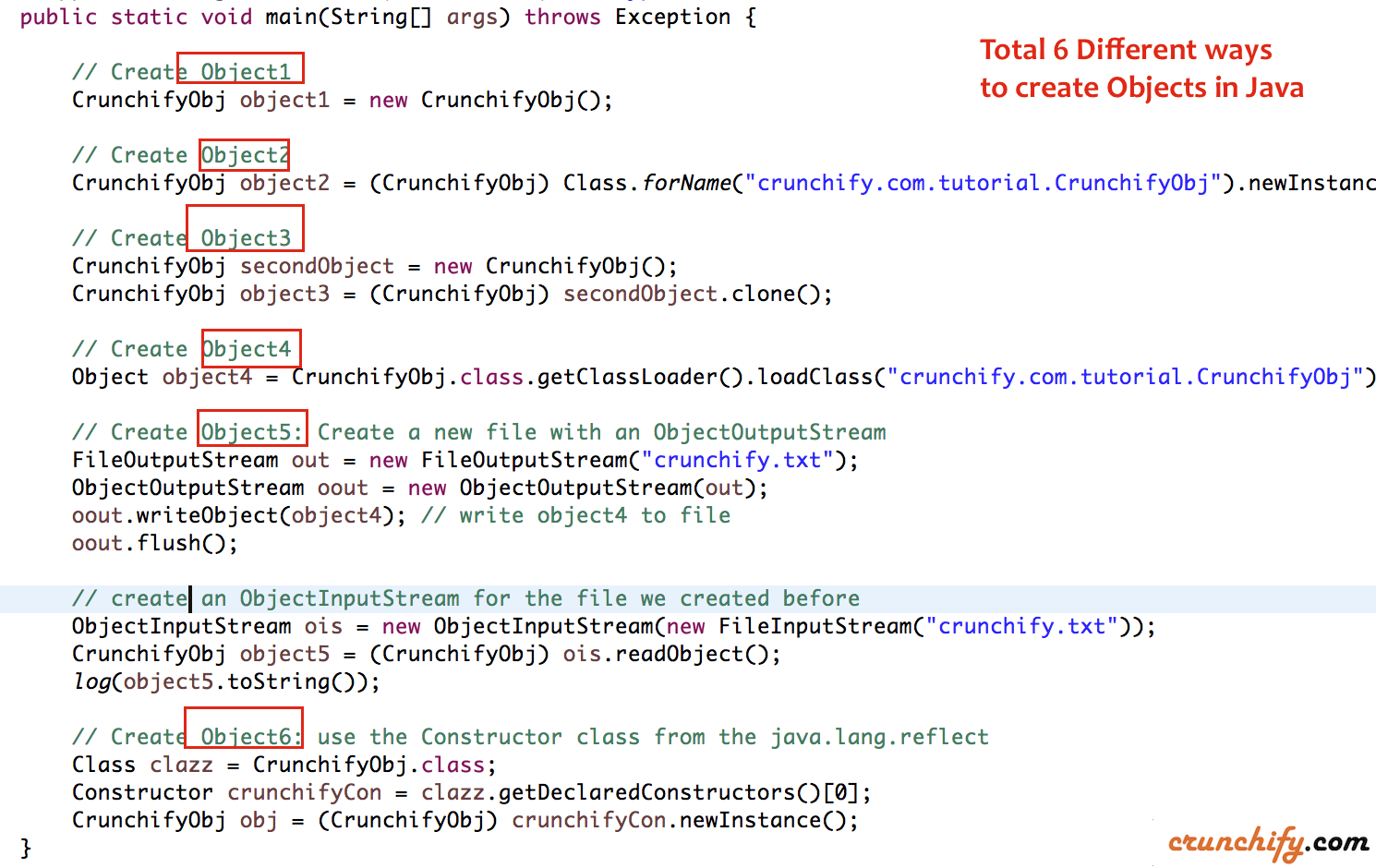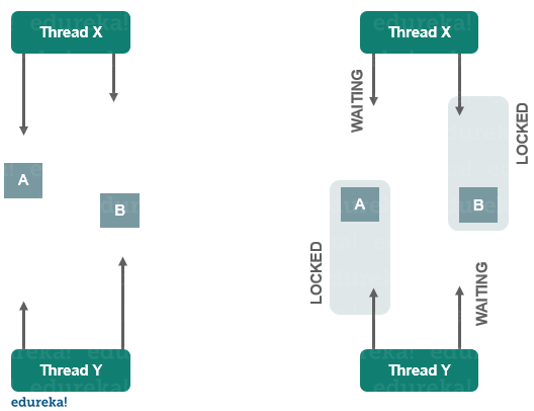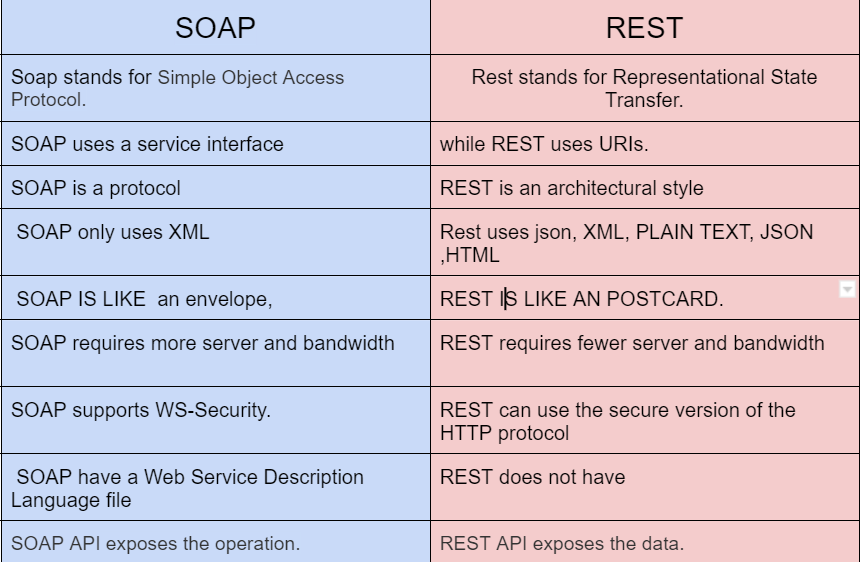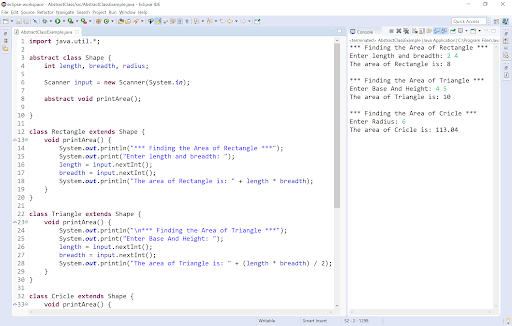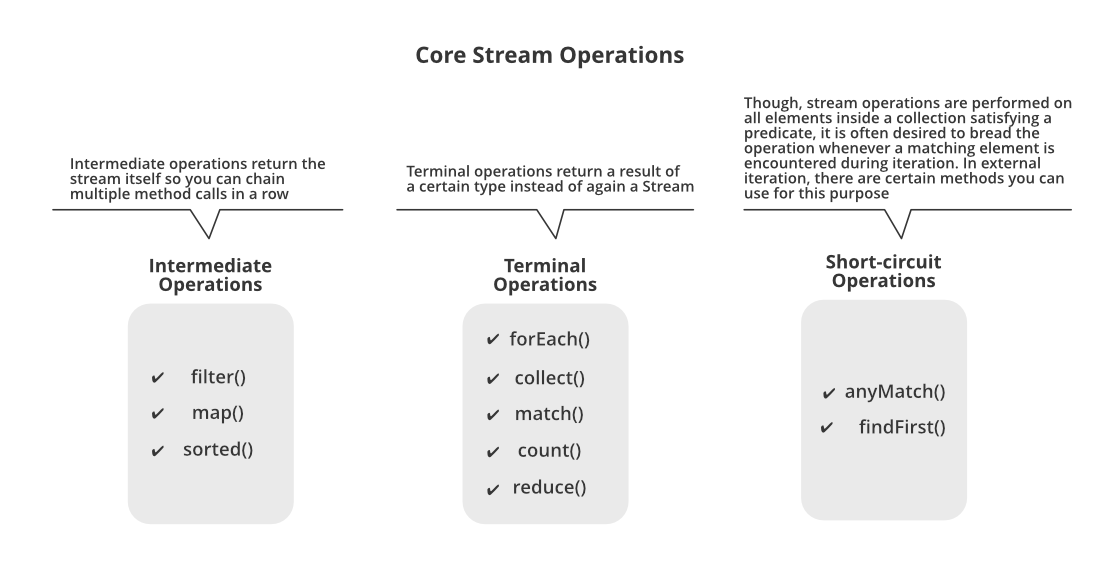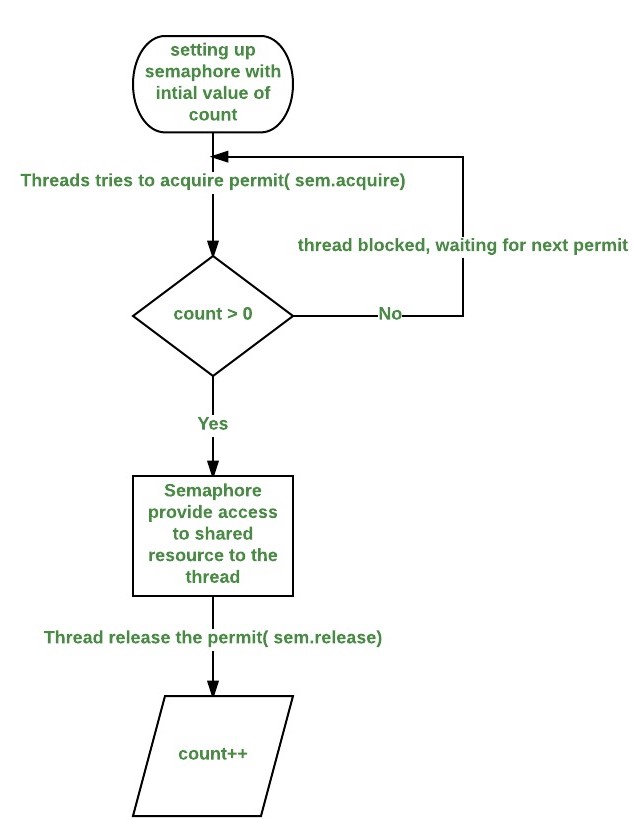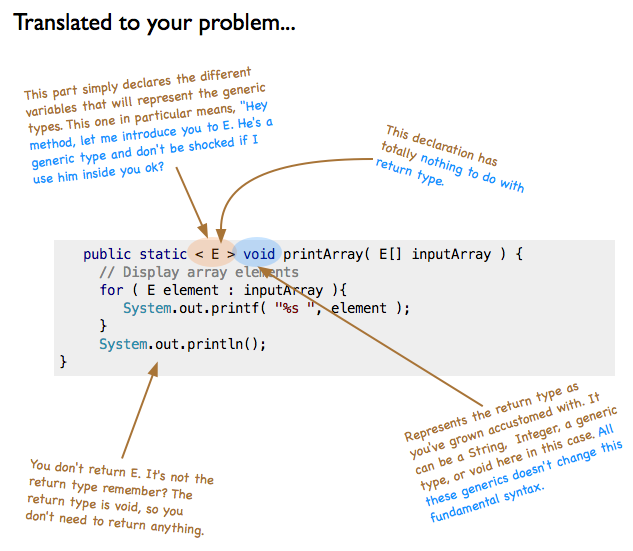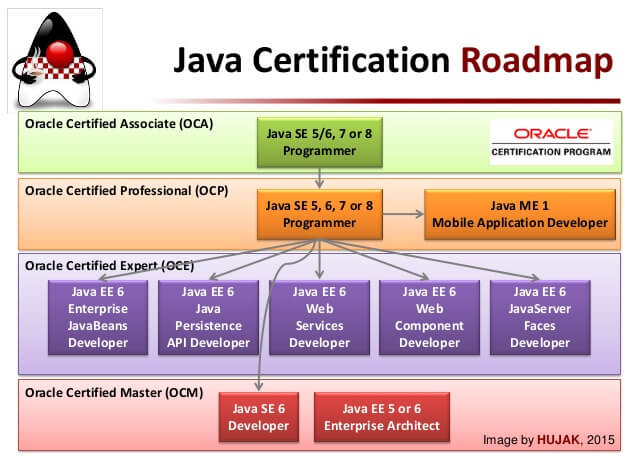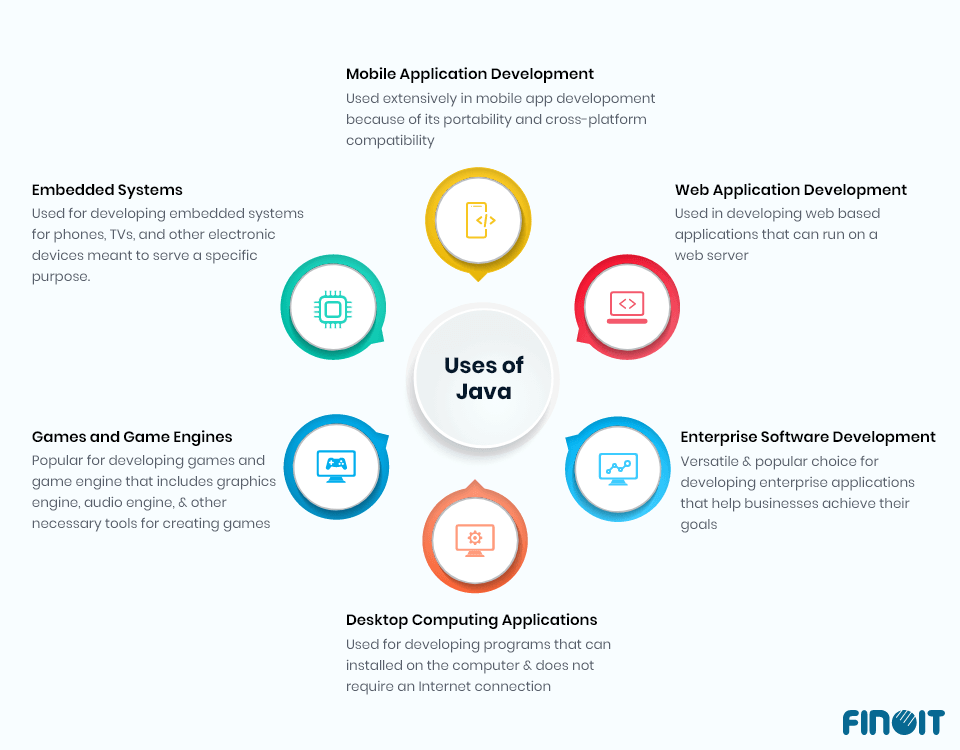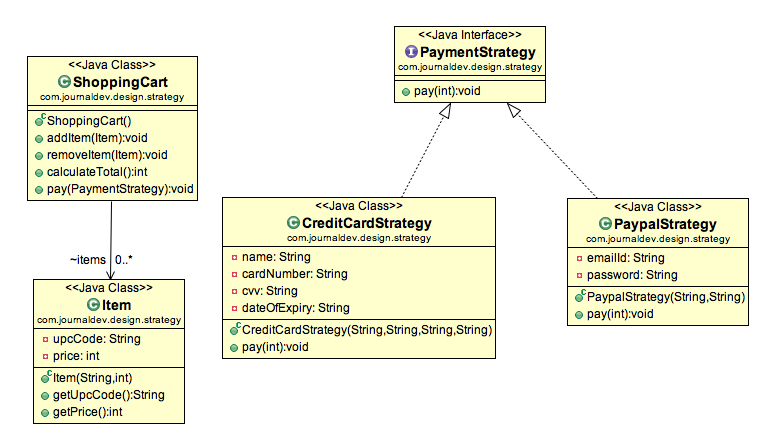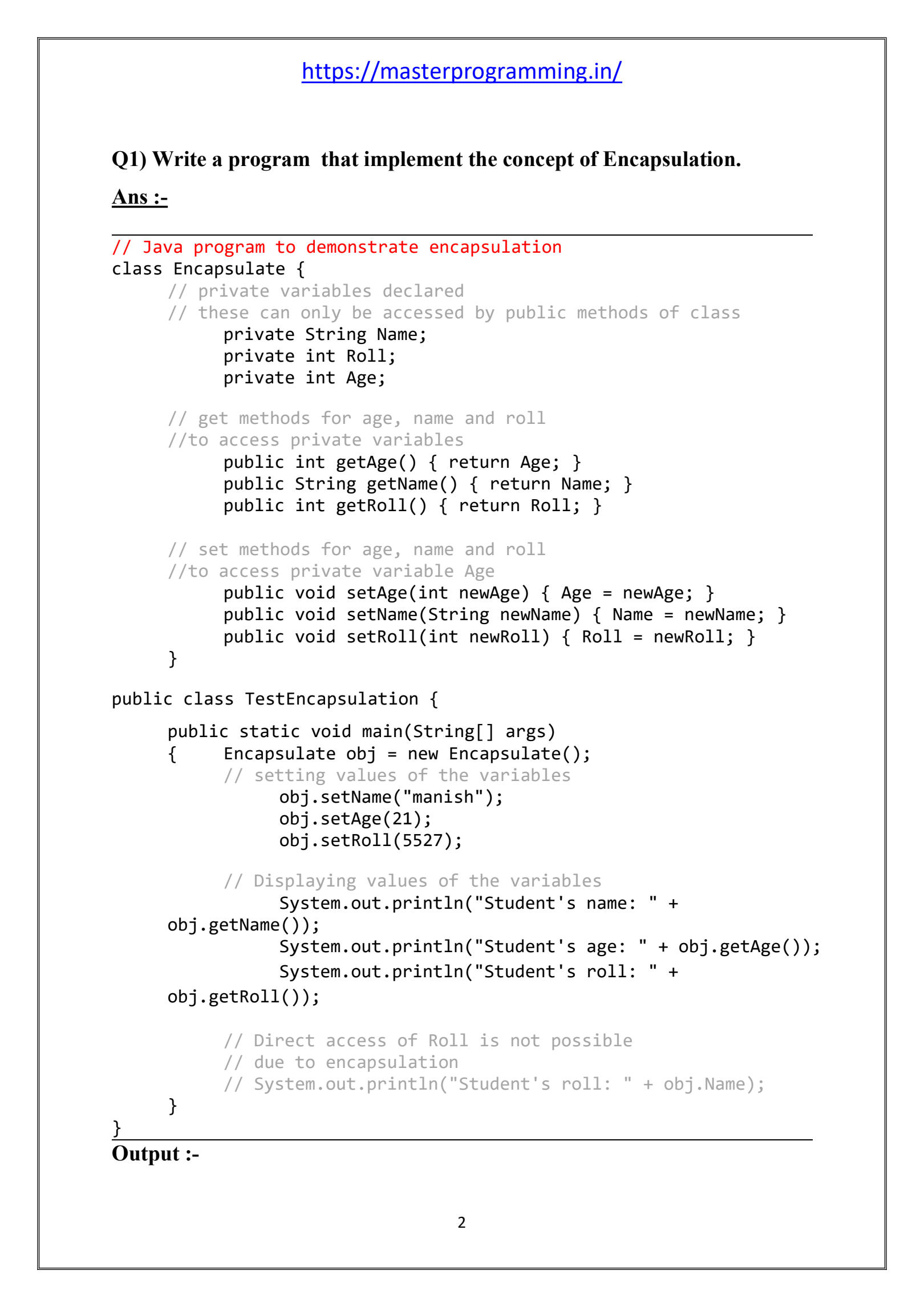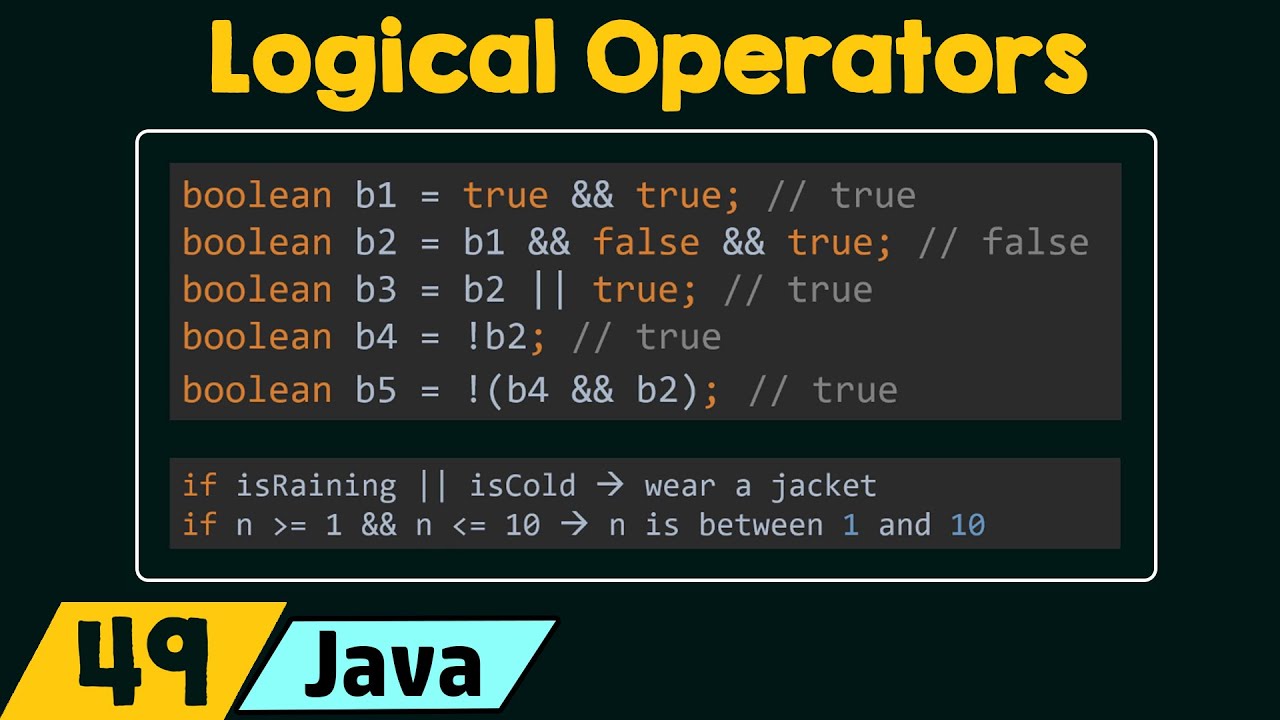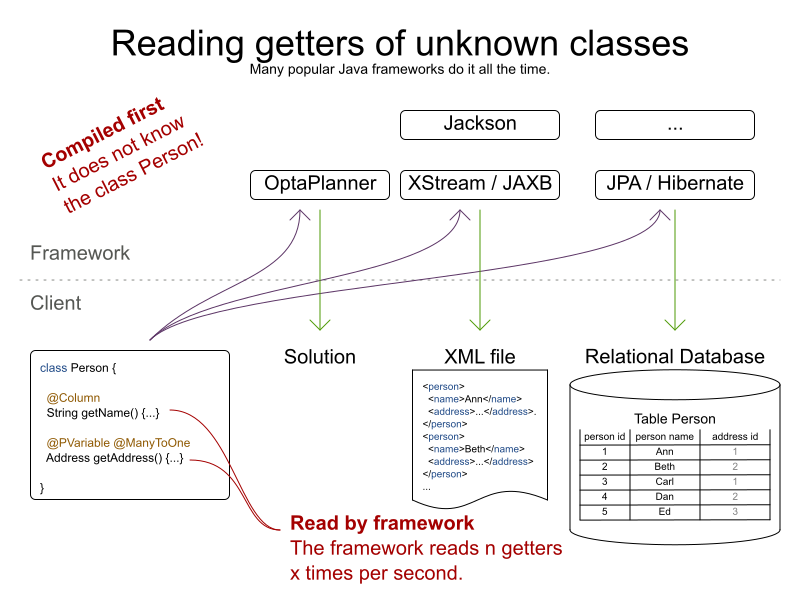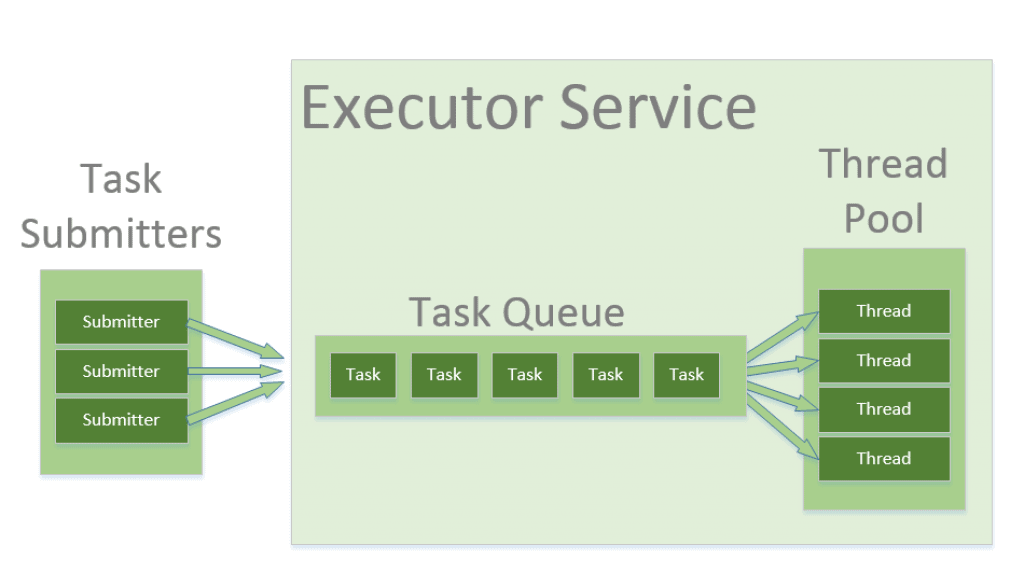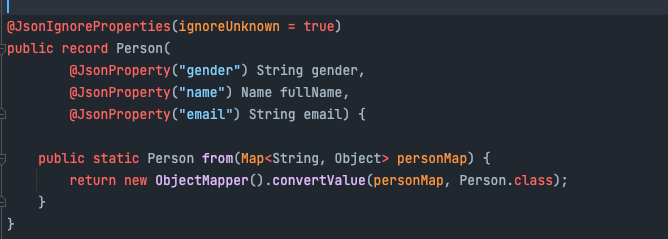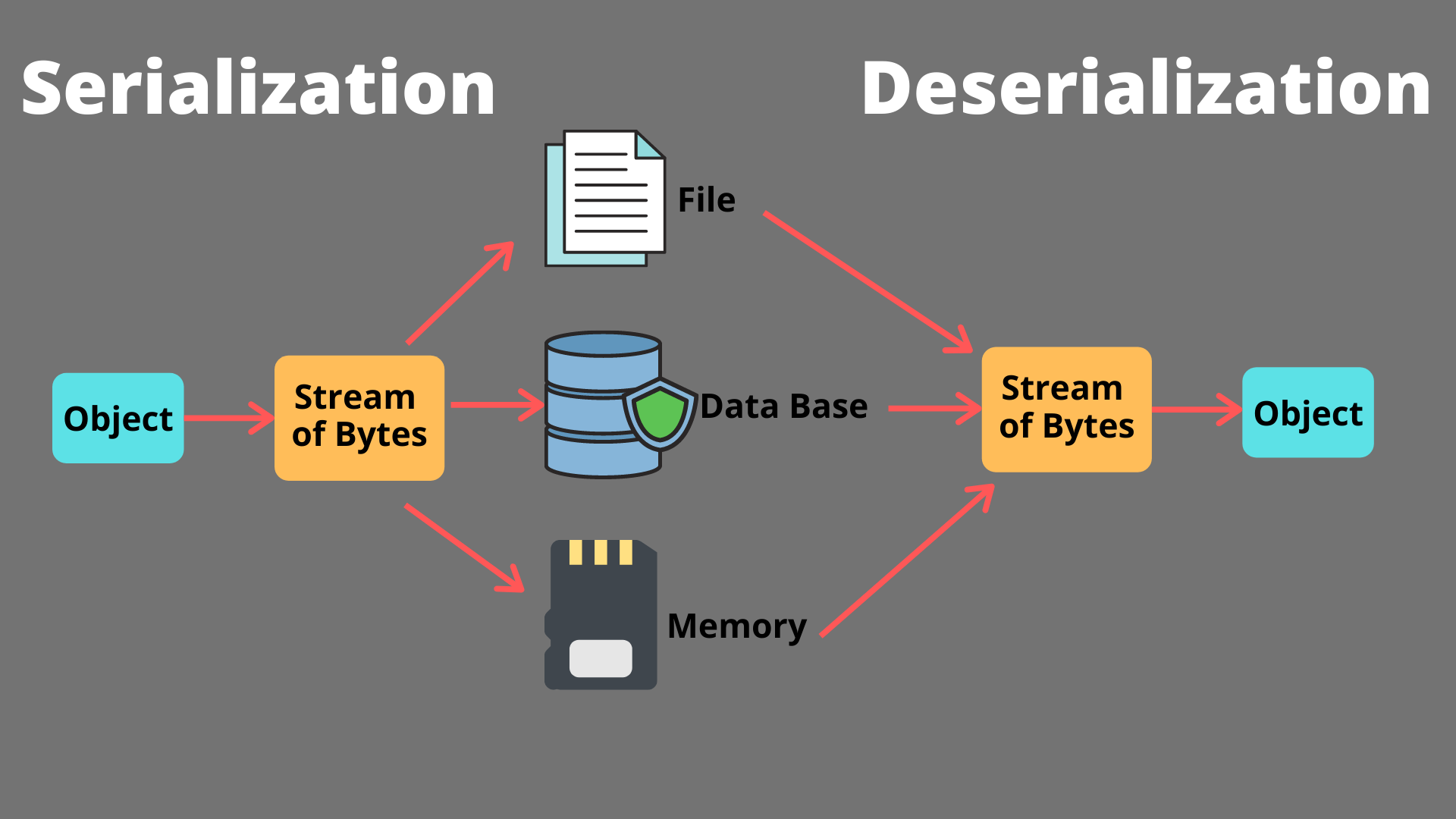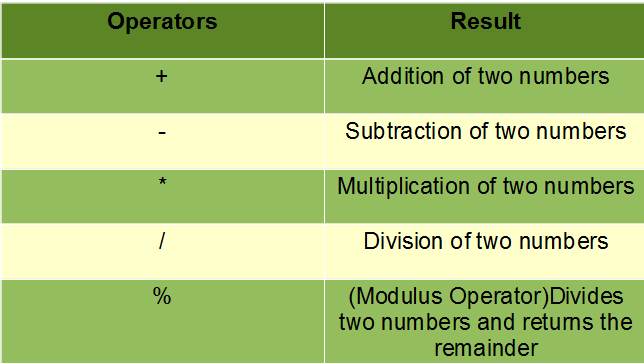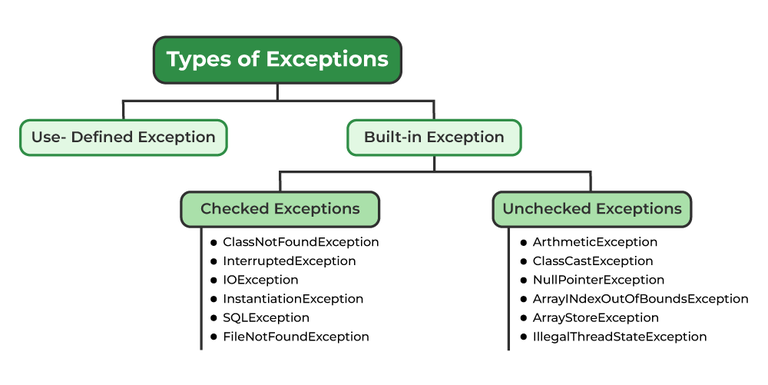When should we use abstract classes in Java?
When should we use abstract classes in Java?
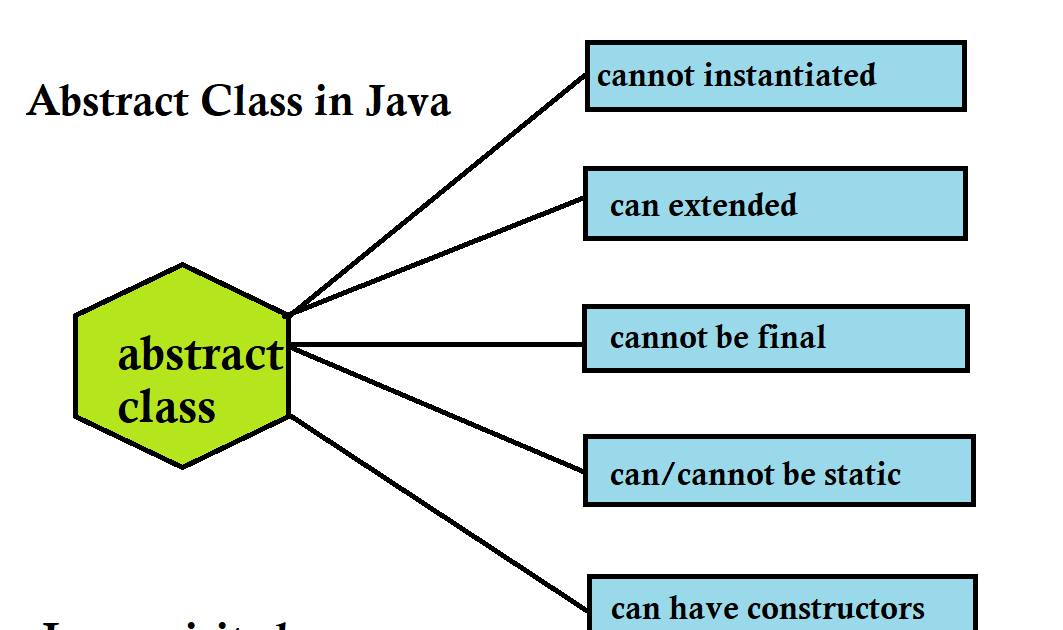
In Java, an abstract class is a class that cannot be instantiated and serves as a base for other classes. Abstract classes are used to provide a basic implementation or structure for a group of related classes that share some common characteristics.
There are several scenarios where you would use abstract classes in Java:
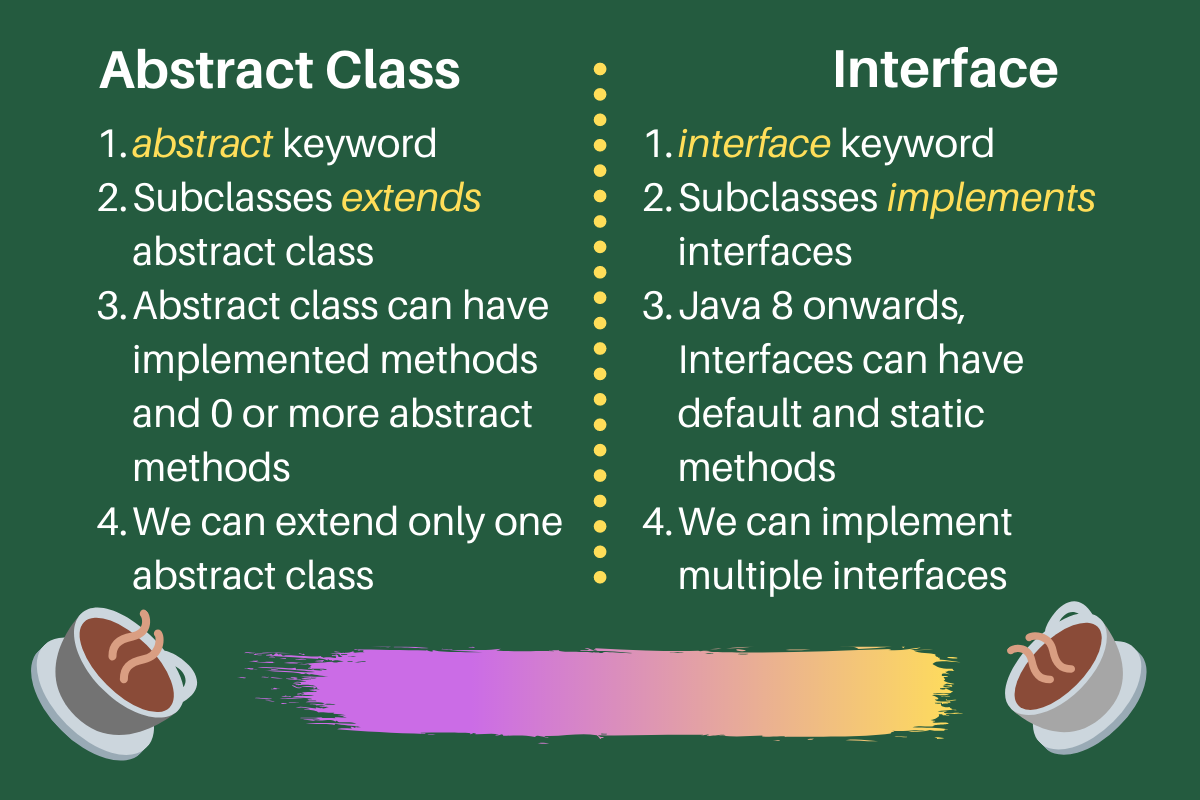
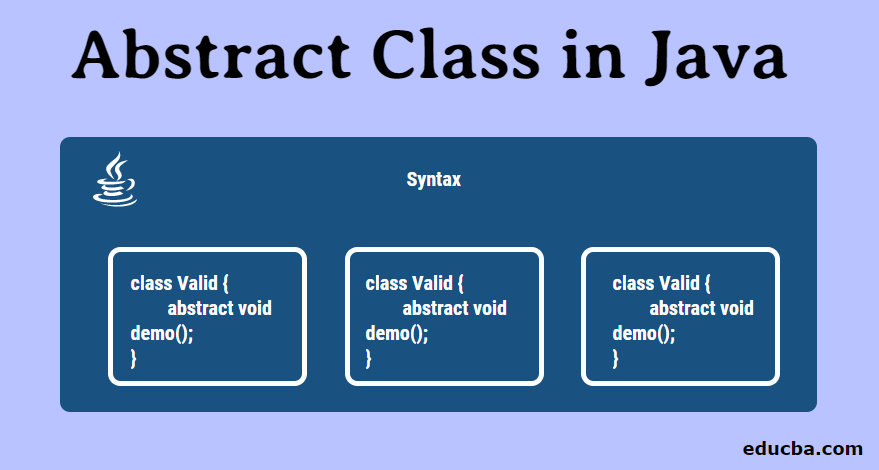
In general, you should use abstract classes in Java when:
You want to establish a blueprint for a group of related classes. You need to provide default implementation or structure for your subclasses. You have multiple classes that share the same interface or behavior. You want to encapsulate common behavior or methods shared among multiple classes. You need to prevent direct instantiation and ensure each subclass has its own unique characteristics.By using abstract classes effectively, you can create a more robust, maintainable, and scalable codebase in your Java applications.
Java abstract class example
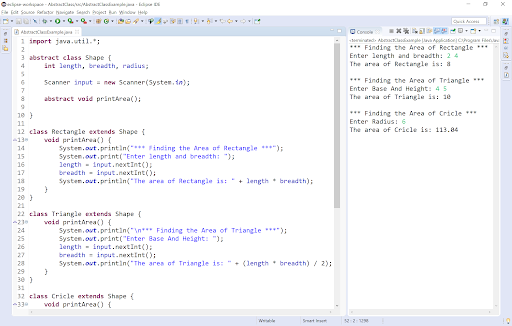
I'll respond in English for this request!
Here is an example of a simple abstract class in Java:
public abstract class Animal {
// Abstract method that must be implemented by subclasses
public abstract void makeSound();
// Concrete method that can be used directly
public void eat() {
System.out.println("Eating...");
}
// Constructor with no parameters (default constructor)
public Animal() {}
// Another method that is not abstract and can be overridden or used as-is
public void sleep() {
System.out.println("Sleeping...");
}
}
In this example, the Animal class is an abstract class, which means it cannot be instantiated directly. Instead, you would create concrete subclasses of Animal, such as Dog, Cat, or Bird.
The key feature of an abstract class is that it can contain abstract methods (like makeSound()), which are declared but not implemented in the abstract class itself. Each concrete subclass must then implement this abstract method to provide its own specific implementation.
In addition to abstract methods, an abstract class can also contain concrete methods and variables, just like any other Java class. These methods can be used directly by instances of subclasses, or they can serve as a starting point for further extension in the subclasses.
To illustrate this concept, let's create two simple concrete subclasses of Animal, one called Dog and another called Bird. Here's what their code might look like:
public class Dog extends Animal {
public void makeSound() {
System.out.println("Woof!");
}
}
public class Bird extends Animal {
public void makeSound() {
System.out.println("Chirp!");
}
}
In this example, both Dog and Bird classes inherit the abstract method makeSound() from their superclass Animal. They must then provide their own implementations of this abstract method.
Here's an example of how you could use these classes to create instances that make sounds:
public class Main {
public static void main(String[] args) {
Dog myDog = new Dog();
Bird myBird = new Bird();
System.out.println("My dog says: ");
myDog.makeSound(); // prints "Woof!"
System.out.println("nMy bird says: ");
myBird.makeSound(); // prints "Chirp!"
}
}
This code demonstrates the polymorphic behavior of abstract classes in Java. You can create instances of different subclasses and use them to invoke the same abstract method, without knowing the specific implementation details.
Abstract classes are a powerful tool for modeling real-world objects and behaviors in Java. By providing a blueprint or template for concrete subclasses, an abstract class allows you to define a common interface or behavior that all its subclasses must follow.
